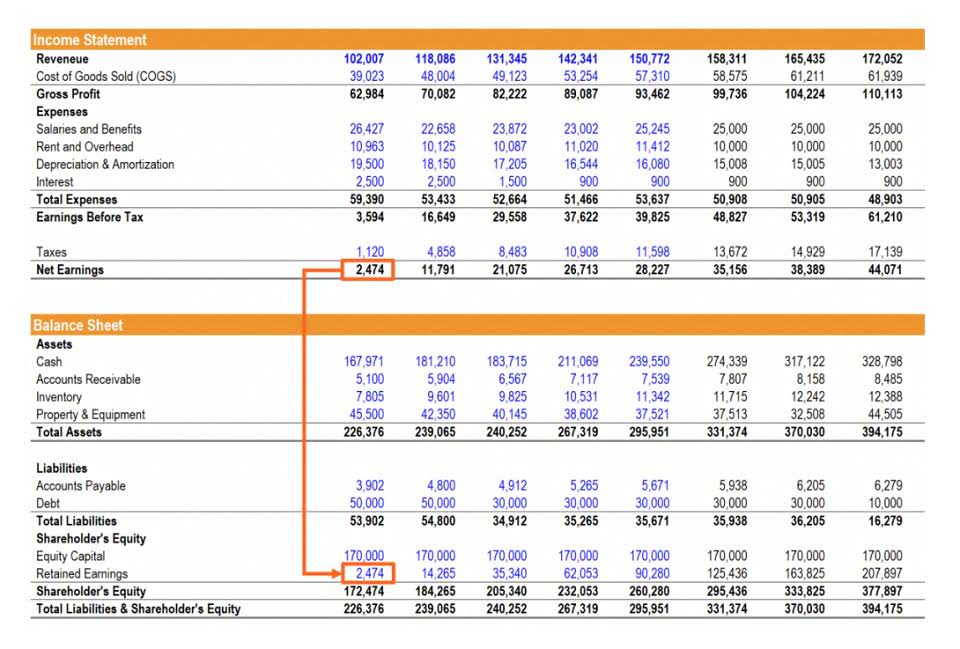- ホーム
- Bookkeeping
- Asset Turnover Explained: Definition and Formulas
Asset Turnover Explained: Definition and Formulas
2021年03月05日

You don’t want to be judging yourself on a metric you set yourself—especially when it’s one that’s meant to help you improve your business. In other words, Sally’s start up in not very efficient with its use of assets. Hence, it is often used as a proxy for how efficiently a company has invested in long-term assets.
- For example, it would be incorrect to compare the ratios of Company A to that of Company C, as they operate in different industries.
- Meredith is frequently sought out for her expertise in small business lending and financial management.
- It is possible that a company’s asset turnover ratio in any single year differs substantially from previous or subsequent years.
- Your asset turnover ratio will help you—and your business accountant— understand whether or not your business is running efficiently and, subsequently, whether you’re setting it up for success.
- For example, retail companies have high sales and low assets, hence will have a high total asset turnover.
- A high asset turnover ratio indicates a company that is exceptionally effective at extracting a high level of revenue from a relatively low number of assets.
- The average total assets will be calculated at $3 billion, thus making the asset turnover ratio 5.
This is then compared to the total annual sales or revenue, which can be found on the income statement. Calculating return on assets, for example, may help an investor better understand the value asset turnover from a profitability perspective. Additionally, using asset turnover as part of a DuPont analysis that calculates return on equity could provide additional insights into how a company generates profits for shareholders. Average total assets is the average of assets on the company’s balance sheet at the beginning of the period and the end of the period.
High vs. Low Asset Turnover Ratio
While the asset turnover ratio is a beneficial tool for determining the efficiency of a company’s asset use, it does not provide all the detail that would be helpful for a full stock analysis. Even with the high returns, Christine is earning $2 for every dollar of assets she currently has. Since anything above one is considered good, Christine’s startup is using its assets efficiently. We’ll show you how to calculate the asset turnover ratio equation, and why it’s important to understand this accounting term. Sally’s Tech Company is a tech start up company that manufactures a new tablet computer.
- The asset turnover ratio is a measurement that shows how efficiently a company is using its owned resources to generate revenue or sales.
- GEG Calculators is a comprehensive online platform that offers a wide range of calculators to cater to various needs.
- She has worked in multiple cities covering breaking news, politics, education, and more.
- These companies have greater potential to grow and compound their earnings over time.
A fixed asset is a resource that has been purchased by the company with the intent of long-term use, such as land, buildings and equipment. The https://www.bookstime.com/ is an efficiency ratio that measures a company’s ability to generate sales from its assets by comparing net sales with average total assets. In other words, this ratio shows how efficiently a company can use its assets to generate sales. The asset turnover ratio, also known as the total asset turnover ratio, measures the efficiency with which a company uses its assets to produce sales.
How to interpret the asset turnover ratio
Hence, efficient management of overall assets can be seen in the case of Walmart. They are unable to generate revenue which is at least equal to their asset base. This improved profitability can make the company more attractive to investors and lenders. Asset turnover varies greatly from sector to sector, so it is not possible to derive a general value. As such, the numbers indicate Walmart has higher sell-through rates on its inventory and makes better use of its assets.

Its total assets were $3 billion at the beginning of the fiscal year and $5 billion at the end. Assuming the company had no returns for the year, its net sales for the year was $10 billion. The company’s average total assets for the year was $4 billion (($3 billion + $5 billion) / 2 ). Like many other accounting figures, a company’s management can attempt to make its efficiency seem better on paper than it actually is. Selling off assets to prepare for declining growth, for instance, has the effect of artificially inflating the ratio. Changing depreciation methods for fixed assets can have a similar effect as it will change the accounting value of the firm’s assets.
How to Improve Your Asset Turnover Ratio
The asset turnover ratio helps investors understand how effectively companies are using their assets to generate sales. Investors use this ratio to compare similar companies in the same sector or group to determine who’s getting the most out of their assets. The asset turnover ratio is calculated by dividing net sales or revenue by the average total assets. The fixed asset turnover ratio is useful in determining whether a company is efficiently using its fixed assets to drive net sales. The fixed asset turnover ratio is calculated by dividing net sales by the average balance of fixed assets of a period. Though the ratio is helpful as a comparative tool over time or against other companies, it fails to identify unprofitable companies.

Check out our debt to asset ratio calculator and fixed asset turnover ratio calculator to understand more on this topic. The following article will help you understand what total asset turnover is and how to calculate it using the total asset turnover ratio formula. We will also show you some real-life examples to better help you to understand the concept. The ratio is commonly used as a metric in manufacturing industries that make substantial purchases of PP&E in order to increase output. When a company makes such significant purchases, wise investors closely monitor this ratio in subsequent years to see if the company’s new fixed assets reward it with increased sales.
Lower ratios mean that the company isn’t using its assets efficiently and most likely have management or production problems. The higher the asset turnover ratio, the better the company is performing, since higher ratios imply that the company is generating more revenue per dollar of assets. It is only appropriate to compare the asset turnover ratio of companies operating in the same industry.
Sometimes investors also want to see how companies use more specific assets like fixed assets and current assets. The fixed asset turnover ratio and the working capital ratio are turnover ratios similar to the asset turnover ratio that are often used to calculate the efficiency of these asset classes. Investors can use the asset turnover ratio to measure how efficiently a company uses its assets to generate sales revenue. A higher asset turnover ratio implies a company is generating a higher level of revenue per dollar invested in its assets. The ratio can then be used to compare a company with its competitors within the same industry. The success of any company is largely based on its ability to effectively use its assets to generate sales.
AccountingTools
The net fixed assets include the amount of property, plant, and equipment, less the accumulated depreciation. Generally, a higher fixed asset ratio implies more effective utilization of investments in fixed assets to generate revenue. Asset turnover, also known as the asset turnover ratio, measures how efficiently a business uses its assets to generate sales. It’s a simple ratio of net revenue to average total assets, and it’s usually calculated on an annual basis. Investors can use the ratio to compare two companies in the same industry and determine whether one is better at allocating capital to generate sales.
GameStop Stock: Why This Profitability Metric Is a Bullish Sign – TheStreet
GameStop Stock: Why This Profitability Metric Is a Bullish Sign.
Posted: Wed, 18 Oct 2023 07:00:00 GMT [source]










